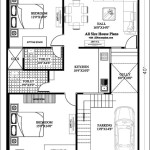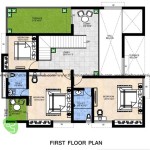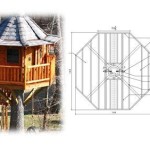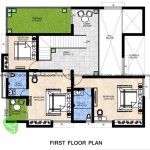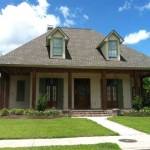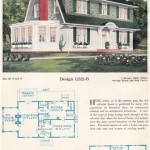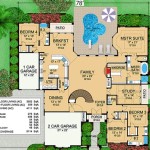Essential Aspects of Energy-Saving House Plans
Building an energy-efficient home is a wise investment that can save you money on energy bills for years to come. When planning your new home, several essential aspects should be considered to maximize energy savings.
Orientation and Placement
Properly orienting your home to the sun can reduce heating and cooling costs. The south-facing side should receive maximum sunlight for warmth during winter months. Overhangs and awnings can be added to block sunlight during the summer.
Insulation and Air Sealing
Insulation is crucial for preventing heat loss and gain. Consider using high-quality insulation materials in walls, floors, and ceilings. Air sealing techniques, such as caulking and weatherstripping, should also be employed to eliminate gaps that allow air to escape.
Windows and Doors
Energy-efficient windows and doors play a significant role in reducing heat transfer. Look for windows with double or triple glazing, low-emissivity coatings, and tight-fitting frames. Doors should have weatherstripping and thresholds to prevent air leaks.
HVAC Systems
High-efficiency heating, ventilation, and air conditioning (HVAC) systems can significantly reduce energy consumption. Consider using energy-efficient heat pumps, furnaces, and air conditioners. Proper sizing and installation of HVAC systems are also essential.
Lighting
Replacing traditional incandescent light bulbs with LED or CFL bulbs can drastically reduce energy usage. LED bulbs are particularly efficient, lasting longer and consuming less energy. Natural light should also be maximized through windows and skylights.
Appliances
Energy-efficient appliances can save you money on electricity bills. Look for appliances with Energy Star labels, which indicate that they meet certain energy-saving criteria. Avoid oversizing appliances and consider using smaller, more efficient models.
Renewable Energy
Incorporating renewable energy sources into your home design can further reduce energy costs and environmental impact. Solar panels can generate electricity from sunlight, while geothermal systems can provide heating and cooling using the Earth's natural heat.
Cost Considerations
While energy-saving features may involve upfront costs, they can provide substantial savings in the long run. Consider the potential return on investment when making decisions. Energy-efficient homes often qualify for tax incentives and rebates, reducing the initial financial burden.
Professional Assistance
Consulting with an experienced architect or energy consultant can guide you through the design process and ensure that your home meets energy-saving standards. They can recommend specific materials, systems, and techniques to optimize energy efficiency.
Conclusion
Implementing these essential aspects in your energy-saving house plans can create a comfortable, energy-efficient home that will not only save you money but also contribute to environmental sustainability.

Energy Efficient Home Design Plans Cad Pro

Energy Efficient Home Things To Consider Perry Homes

Energy Efficient Home
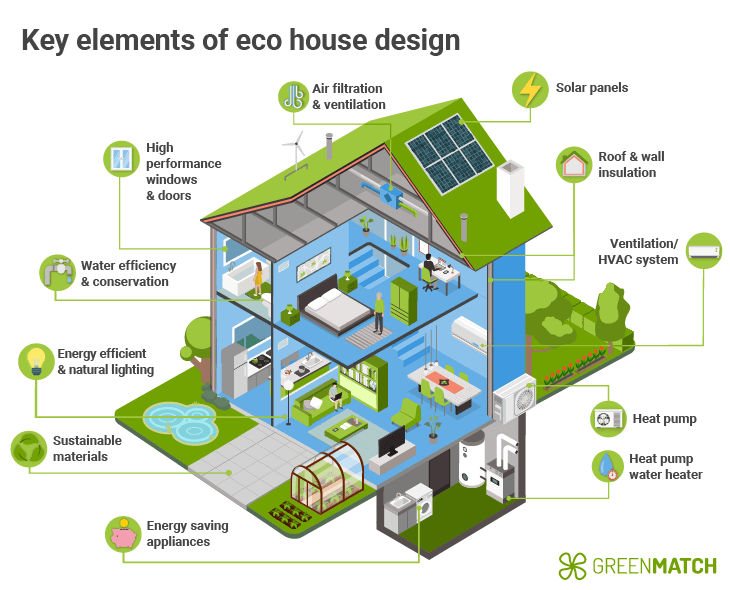
Eco Design Energy Efficient Homes Greenmatch Co

Cool Energy Efficient Concrete House Plans Houseplans Blog Com

Energy Efficient Homes Designs For Electricity Savings General Contractor Luxus Construction

Simple Energy Saving Solutions For Home Decoist

Savings With Energy Efficient House Design E Designs
Whitepaper Designing Energy Efficient Homes With Minimal Power Bills Architecture Design
Energy Efficient House Abc Education

